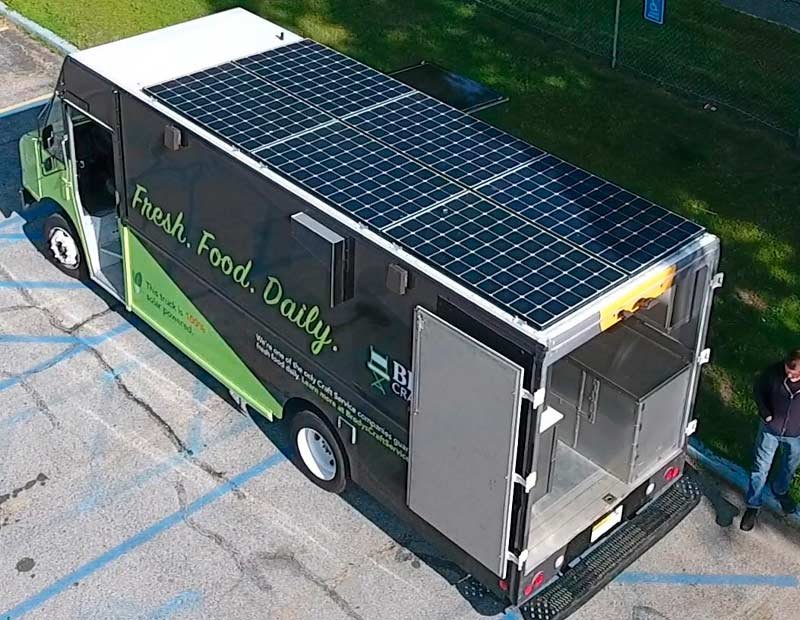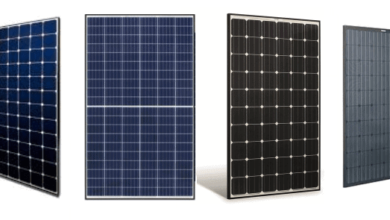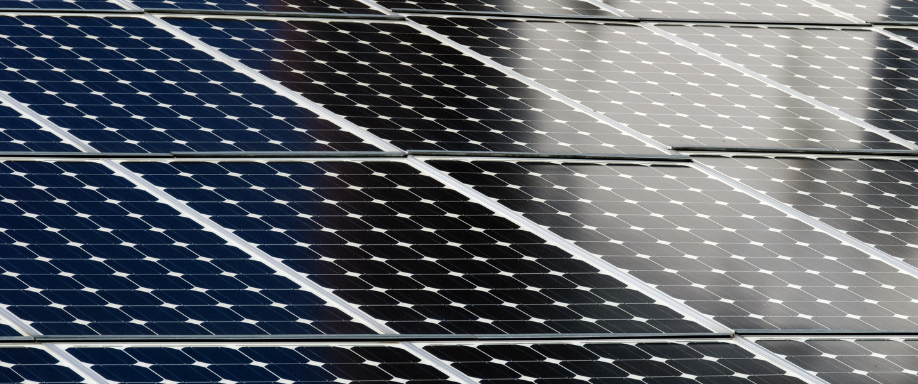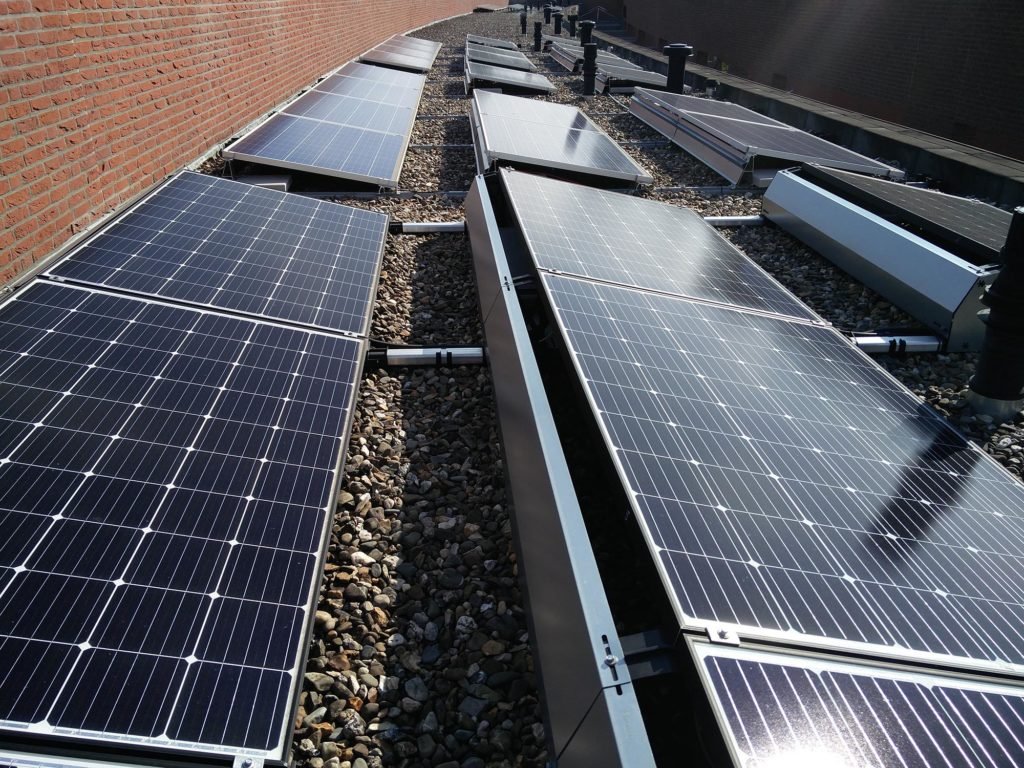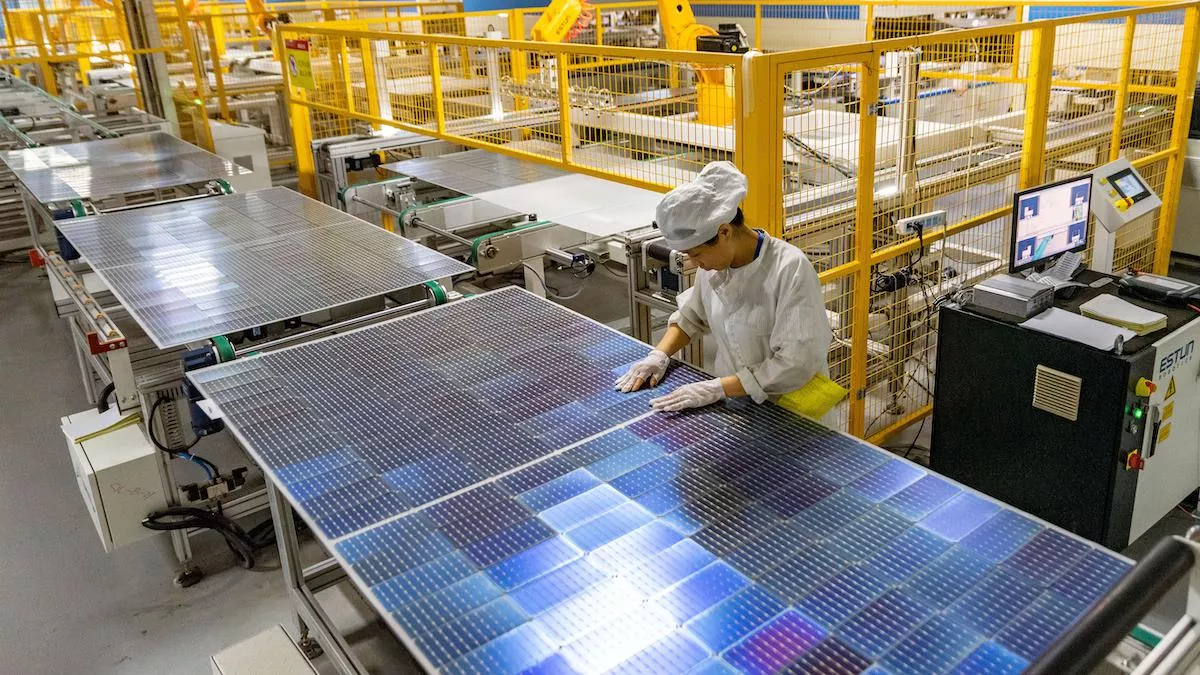
What is the efficiency of solar panels and what does it depend on
The efficiency of photovoltaic panels depends on many factors. These include, but are not limited to, weather conditions , installation method , manufacturer, and even the time of year . Efficiency or efficiency is often confused with efficiency, which is a big mistake. The efficiency of photovoltaic cells is mainly related to all the technical parameters of the individual modules. If we consider the entire installation, then we can talk about its efficiency.
What affects the efficiency of photovoltaic panels?
The effectiveness of solar panels will depend mainly on the material from which they are made . Currently, there are three most popular types: monocrystalline, polycrystalline and amorphous silicon panels. The structure of the module itself and the technology used are also of great importance. The lower efficiency of a photovoltaic cell is observed in the case of amorphous silicon panels, while monocrystalline cells are distinguished by higher efficiency. Efficiency is also influenced by the type of anti-reflective coating, as well as the quality and type of connections between individual cells.
Nominal and real efficiency of solar panels.
The nominal value of photovoltaic panels is determined according to STC (Standard Test Conditions). During laboratory tests, the panels are subjected to 1000 W / m2 solar radiation at a temperature of 25 ° C.
However, it should be noted that, in fact, a photovoltaic installation usually works under different conditions. In addition, photovoltaic cells are more effective on sunny days , that is, in a moderate climate it is spring and summer. The ambient temperature is then quite high, making it impossible to obtain an exact nominal result of 25 ° C. The actual cell temperature with high solar radiation and high air temperature can even exceed 50 ° C. Consequently, this it translates into a lower efficiency of the photovoltaic panels .
As already mentioned, monocrystalline panels are considered the most efficient . They generally achieve an efficiency of 16% to 22%. Polycrystalline panels are distinguished by an efficiency ranging from 14% to 16% and are usually much cheaper than monocrystalline equivalents.
Performance and efficiency of solar panels in winter
Speaking of efficiency , we mean the relationship between operating parameters and the correctness of the entire installation. The efficiency of photovoltaic panels refers to the amount of energy from solar radiation that is converted into electricity. It is closely related not only to the quantity but also to the intensity of solar radiation. Furthermore, the efficiency of photovoltaic panels is influenced by:
- installation power
- station
- correct installation installation
By installing protruding photovoltaic panels with good efficiency, we can expect the efficiency to be better as well. Modules that are distinguished by higher efficiency also tend to take up less ceiling space. In the case of good sunlight, monocrystalline panels are excellent. Nor should the influence of climatic conditions on the efficiency of the installation be forgotten. Any difficulties in the form of residual snow or cloud cover will reduce the efficiency of the photovoltaic panels.
It is estimated that in the period May – September the photovoltaic installation is capable of covering up to 120% of the electricity demand. In the months of November to February this value drops to 30%. Of course, as the years go by, solar panels lose their efficiency. However, this is a completely natural phenomenon. Many manufacturers of this type of installation offer a guarantee of 25 years (and sometimes even more) on their products. Therefore, we can expect that after this time, the panels will continue to function with the specified efficiency.

